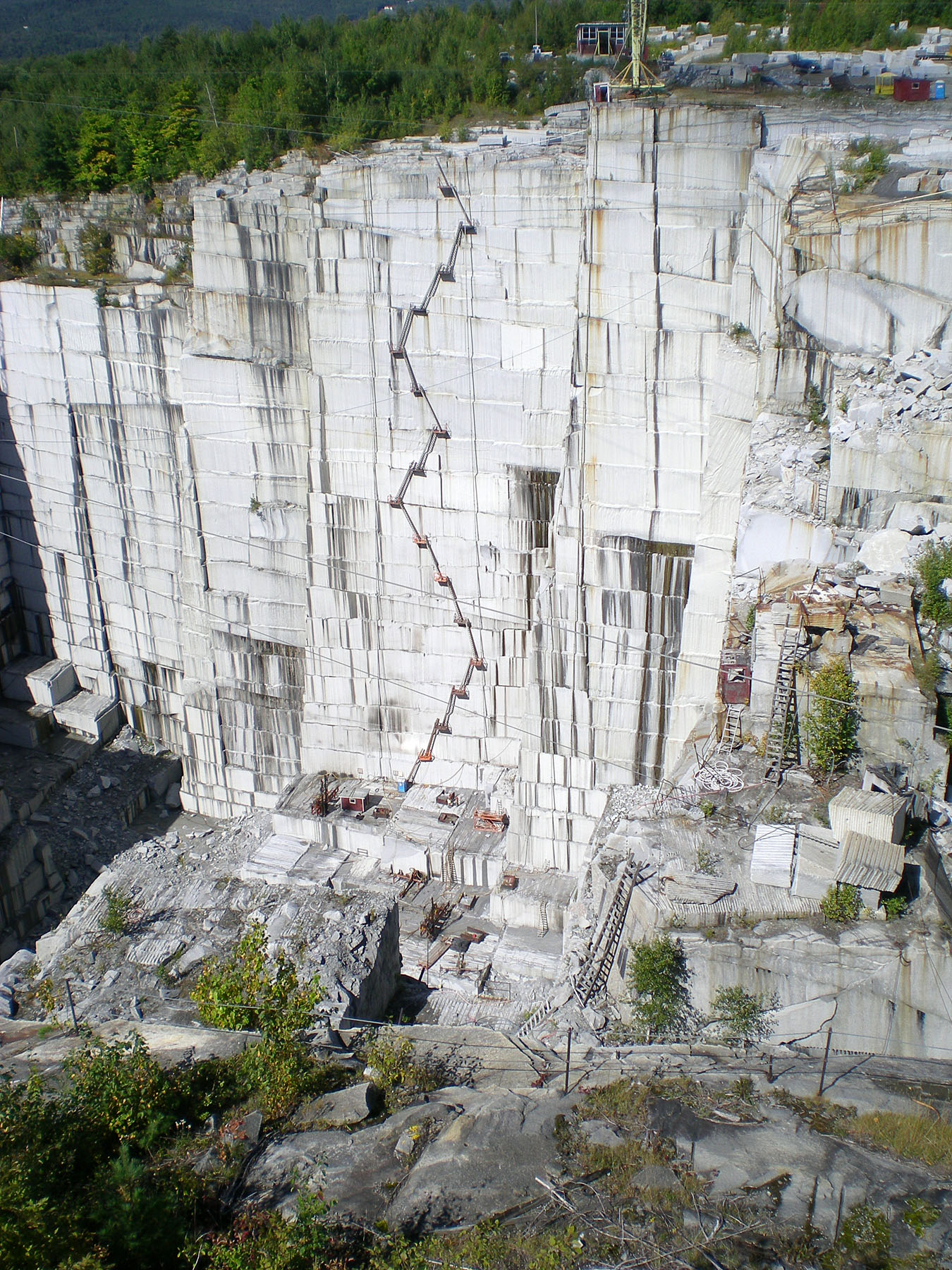The Surprise Gems: Checking Out Granite Quarries in South Africa
The Surprise Gems: Checking Out Granite Quarries in South Africa
Blog Article
Unearthing the Rich Background and Sustainable Practices of Granite Quarrying
As we stand on the precipice of uncovering the intricate tapestry of granite quarrying, a journey via time exposes not simply the physical act of extracting rock but likewise the cultural and historical relevance woven into the extremely textile of this technique. From the ancient origins that laid the foundation for contemporary quarrying methods to the sustainable methods that are shaping the future of this market, each sculpt mark on granite surface areas tells a tale waiting to be discovered (granite quarries in south africa). The heritage of granite quarrying extends much past simple extraction; it is a testament to human resourcefulness, durability, and the long-lasting appeal of this stunning stone
Ancient Beginnings of Granite Quarrying
Dating back to old worlds, the practice of quarrying granite has been an essential part of human background and building development. The earliest evidence of granite quarrying go back to ancient Egypt, where substantial pyramids and detailed sculptures were crafted from this durable stone. The Egyptians used primitive devices to remove granite blocks from quarries, showcasing the significance of this product in their huge building and constructions.
Relocating onward in background, the Greeks also made considerable contributions to the quarrying of granite. The Greeks used granite in numerous building marvels, such as temples and statuaries, showing their skill in shaping and sculpting this hardy rock. The Romans even more fine-tuned the techniques of quarrying granite, utilizing advanced tools like blades and hammers to remove and shape granite for their renowned structures.
Through the centuries, the technique of quarrying granite has progressed, with modern innovations enhancing performance while maintaining the classic charm of this natural rock - granite quarries in south africa. From ancient people to contemporary contractors, the tradition of granite quarrying remains to shape our globe
Advancement of Quarrying Strategies
The evolution of quarrying methods has been noted by a constant progression towards greater performance and precision in extracting granite. From the rudimentary approaches employed by our forefathers to the advanced technologies used in modern-day quarrying procedures, the industry has undergone considerable developments. Early quarrying strategies included hands-on labor with standard devices such as blades, hammers, and wedges to draw out granite blocks from the earth. As human beings advanced, strategies like fire-setting and primitive dynamites were presented to help with the removal procedure.
In even more recent times, the introduction of equipment revolutionized the quarrying industry, making it possible for faster extraction prices and raised performance. Technologies such as diamond wire saws, high-pressure water jets, and pneumatically-driven drills have actually come to be standard in modern-day quarries, enabling specific cutting and minimized waste. Additionally, developments in computer-controlled tools and 3D modeling have optimized quarrying operations, causing minimal ecological influence and improved sustainability methods. As the demand for granite remains to climb, the advancement of quarrying methods stays important to conference sector requires effectively and sustainably.
Cultural Relevance of Granite
Granite holds an extensive social significance throughout various human beings due to its long-lasting existence in building work of arts and admired monuments. From the stunning pyramids of Egypt to the elaborate carvings of the Angkor Wat temple in Cambodia, granite has actually been a product of option for sharing majesty and longevity in social heritage. In old Rome, granite article source columns embellished holy places and public buildings, signifying strength and permanence. The cultural importance of granite prolongs beyond its physical qualities; it personifies durability, security, and eternity, making it an icon of sustaining legacies and practices.

Sustainable Practices in Quarrying
In the middle of the rich background of granite quarrying and its social value lies an expanding focus on lasting practices within the market. As ecological recognition and issues regarding resource exhaustion have actually increased around the world, the quarrying field see this site has actually significantly welcomed lasting techniques to minimize its influence on the atmosphere and surrounding areas.

In addition, reclamation and rehabilitation of quarry websites post-extraction are important to sustainable practices. By restoring quarried areas to a natural or beneficial state, such as producing wildlife habitats or entertainment areas, quarriers can balance out the ecological footprint of their procedures and add favorably to the neighborhood ecological community.
Tradition of Granite Quarrying
With a historic background steeped in workmanship and commercial development, what sustaining effect has granite quarrying left on the landscape of modern society? The heritage of granite quarrying goes beyond simple removal techniques; it Web Site has formed building wonders, city landscapes, and social heritage worldwide. The sturdy nature of granite has made it a favored choice for monuments, structures, and facilities, standing as a testimony to the ability and virtuosity of quarry employees across generations.
In addition, the financial impact of granite quarrying can not be ignored. The sector remains to offer job opportunity and drive local economies in areas where granite extraction is common. It has also stimulated technical developments in quarrying techniques and equipment, causing a lot more effective and sustainable techniques.
In terms of sustainability, the legacy of granite quarrying includes efforts to minimize ecological effects via recovery tasks and accountable source management. By stabilizing economic rate of interests with environmental stewardship, the sector aims to guarantee that future generations can remain to take advantage of this long-lasting natural deposit.
Verdict

Report this page